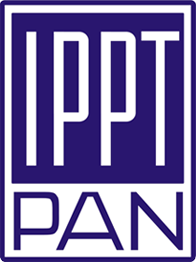cover
DOI
https://doi.org/10.24423/aom.3144License
Copyright © Institute of Fundamental Technological Research (IPPT PAN).
How to Cite

Copyright © Institute of Fundamental Technological Research
Polish Academy of Sciences except certain content
provided by third parties.
Address
Archives of Mechanics
Institute of Fundamental Technological Research
Pawińskiego 5B, 02-106 Warsaw, Poland
Support Contact
Michał Kursa
Email: archmech-support@ippt.pan.pl





